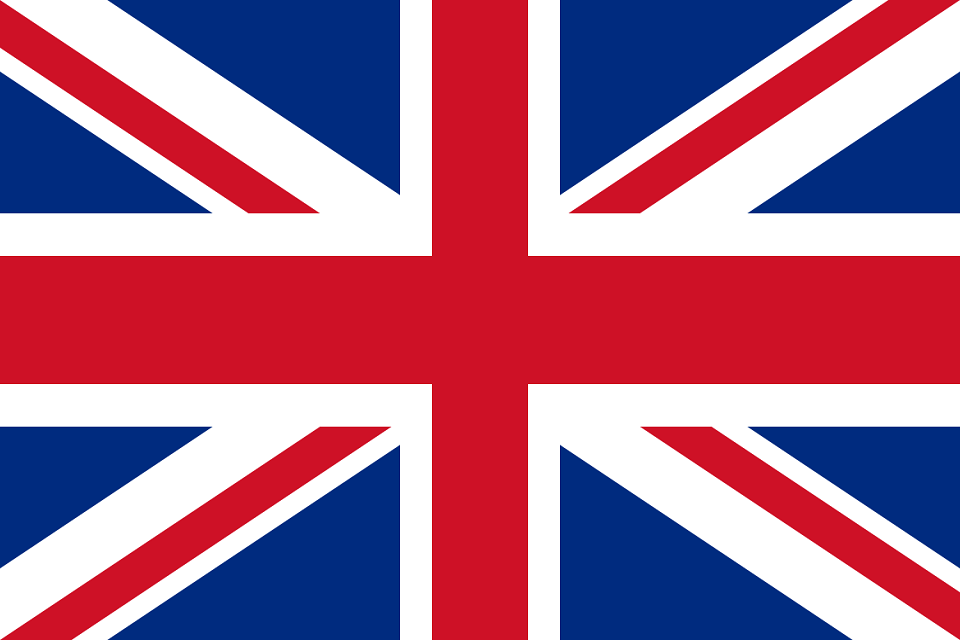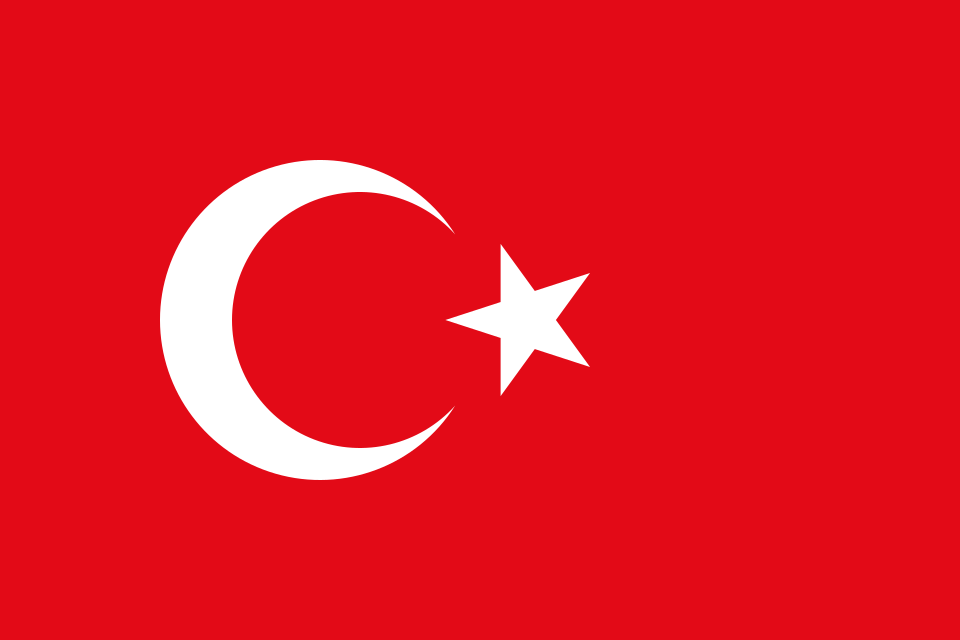Cerebral palsy (CP) is the general term for permanent but non-progressive motor disorders that occur as a result of brain damage developing before birth, during birth, or shortly after. CP can present in various forms and severities, affecting muscle control, posture, movement, and balance due to damage to the central nervous system. The type of cerebral palsy depends on the affected brain region and the nature of the damage, and each type has its own clinical features; therefore, diagnosis and treatment should be planned individually.
The spastic type is the most common form of cerebral palsy. In this type, muscles are stiffer than normal, and voluntary movements are limited. This constant muscle tightness can make daily activities difficult and lead to joint deformities over time. Spastic type generally occurs due to damage to the motor cortex or corticospinal tracts.
Spastic cerebral palsy is divided into three subtypes:
-
Spastic Hemiplegia: Only one side of the body (e.g., right arm and leg) is affected. Weakness, skill loss, and delayed motor development may occur in the affected limbs.
-
Spastic Diplegia: Usually affects both legs, with minimal effect on the arms. Legs may be held close together or cross while walking.
-
Spastic Quadriplegia: Both arms and legs are severely affected, and swallowing, speech, and head control may also be impaired.
Dyskinetic (Athetoid) Cerebral Palsy
In dyskinetic or athetoid type CP, sudden and uncontrolled muscle contractions occur. Muscle tone is unstable; muscles may become rigid at times and completely relaxed at others. This causes fluctuating movements, especially in the hands, arms, face, and tongue. Involuntary movements can affect speaking, swallowing, and facial expressions, and may worsen with emotional stress, fatigue, or excitement. This type is usually caused by damage to deep brain structures such as the basal ganglia.

Ataxic Cerebral Palsy
The ataxic type is less common and is characterized mainly by balance and coordination problems. A wide-based gait and unsteady steps are typical. Tremors in the hands, difficulty with fine motor skills, and speech rhythm disturbances (dysarthria) are also frequent. The cause is often cerebellar damage, which disrupts the coordination of muscle movements.
Mixed-Type Cerebral Palsy
Mixed type CP refers to cases where features of more than one type occur together. The most common combination is spastic and dyskinetic characteristics. For example, a child may have both muscle stiffness and involuntary movements. Treatment is more complex in this type, as multiple motor problems must be managed simultaneously.
Cerebral palsy can present in different forms, each with unique symptoms, affected body areas, and treatment approaches. Spastic type involves muscle stiffness, dyskinetic type involves involuntary movements, ataxic type involves coordination and balance issues, and mixed type presents a combination of these. Treatment typically includes physical therapy, medication, speech therapy, and, if necessary, surgery.
Early diagnosis and individualized treatment programs can significantly improve the quality of life for individuals living with cerebral palsy.




